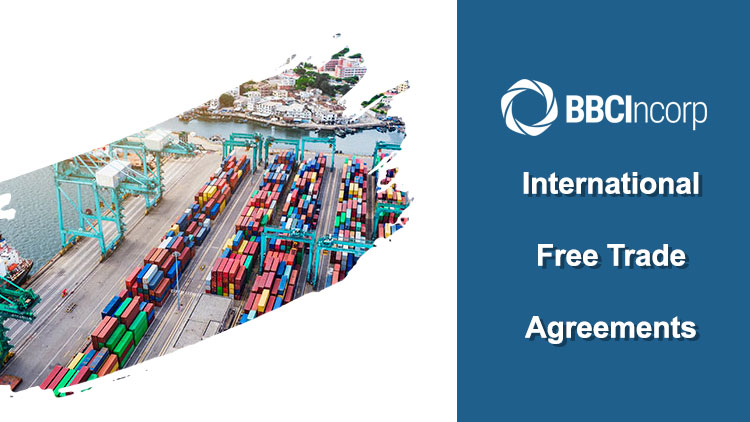
According to the World Trade Organization (WTO), there have been around 420 regional trade agreements signed and in effect. The majority of them are international free trade agreements, or FTAs, which have made significant contributions to the evolution of the global trading system.
Let’s define the term FTA and discover the major free trade agreements in the world.
1. Understanding international free trade agreement
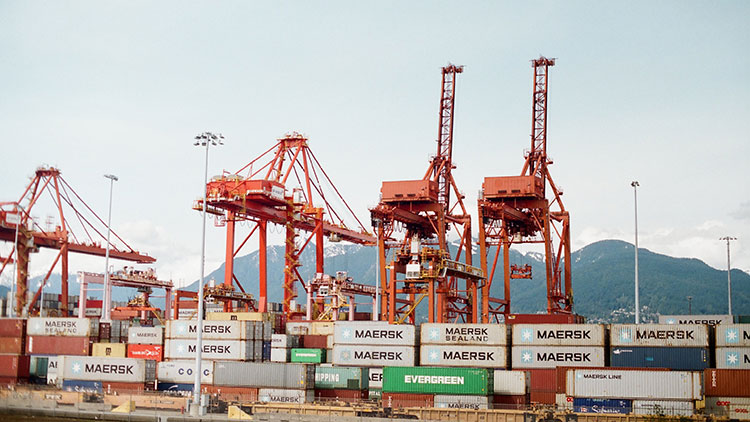
Free trade agreements are agreements signed by two or more countries with the aim of reducing or eliminating the barriers in terms of transportation and tariffs. The term “free trade” was initially created in the 16th century by Spanish theologian Francisco de Vitoria regarding “the freedom of commerce and freedom of the sea”.
FTA is classified into two types of agreements which are bilateral and multilateral agreements. Bilateral FTA is signed between two countries to reduce trade restrictions. On the contrary, multinational FTA is signed by three or more nations.
The limitation or removal of any trade restrictions is to encourage trading across international borders. FTAs help businesses in trade areas to extend exporting networks. The agreements also increase the competition in the trade regions, thereby raising the product quality and providing a great range of prices for consumers.
Although the agreements are formed to minimize trading barriers to increase international imports and exports, some conditions can be set to protect one member country’s domestic goods and services from foreign competitors.
Business owners should understand thoroughly the conditions of FTAs in the trade areas in which they are planning to start a business to efficiently and fully take the advantages.
2. The importance of free trade agreements to SME businesses
International free trade agreements are of vital significance in the revolution of the global trading perspective in particular and the world’s economy in general.
Free trade agreements now have become extremely important to maintain international trading relationships and improve global value chains. Small and mid-size enterprises (SMEs) are one of the most beneficial groups in free trade areas.
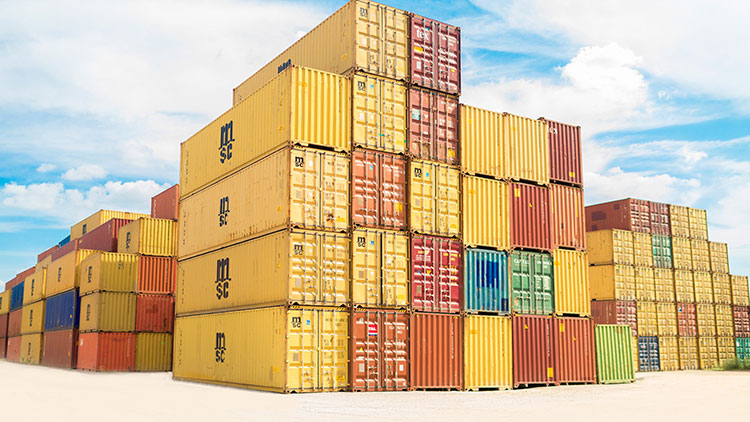
Providing fair conditions of competition. Members of an FTA share the same conditions, treaties and regulations, therefore, all businesses operating in the trade zone will have the same advantages. They both have better target-market conditions and opportunities to position themselves alongside larger companies in the international market.
Creating a stable and predictable market. When entering an FTA, member countries are involved in the same set of rules under a long-term period (usually more than 10-15 years) regarding trade barrier reduction. Therefore, companies which are conducting business in the trade zone can participate in a stable and predictable trading environment.
Improving production cost efficiency. FTAs open the door of opportunity for businesses in the trade areas to access more affordable resources for manufacturing. The agreements also help to decrease the costs of technology upgrades and improve productivity
Increasing purchasing power. FTA provides companies with preferential access to services sectors across international borders. From that, businesses in a member country can supply goods and services to a larger market, which means having access to greater purchasing power. The exporting companies take the greatest advantage from this.
3. Must-know international free trade agreements around the world
As a business owner, free trade agreements are a great factor to seek for opportunities for business growth. Let’s take a look at major FTAs all over the world.
3.1 Comprehensive and Progressive Agreement for Trans-Pacific Partnership (CPTPP)
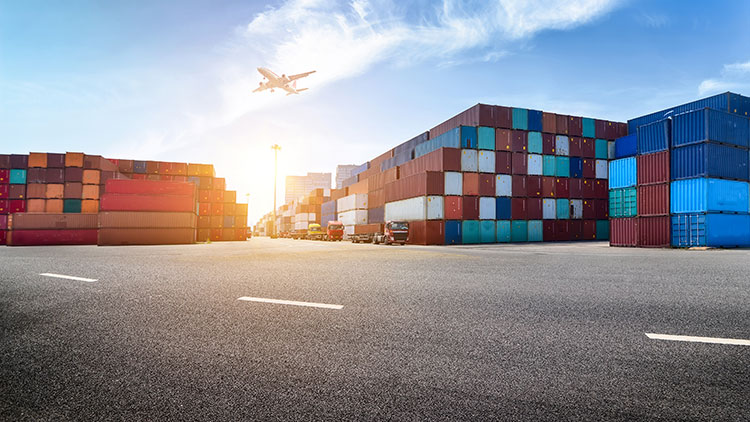
CPTPP is a multilateral free trade agreement with 11 member countries including Australia, Brunei, Canada, Chile, Japan, Malaysia, Mexico, New Zealand, Peru, Singapore and Vietnam. The agreement was initially The Trans-Pacific Partnership (TPP) and included the US. After the withdrawal of the US, CPTPP was signed and entered into force on 30 December 2018.
CPTPP is considered as one of the largest free trade deals throughout the world. The agreement’s member countries account for 13.5% of the global economy.
Below are key benefits for all signatories of CPTPP:
Broadening market. Participating countries enjoy a myriad of benefits regarding tariff concessions, preferential access to certain sectors. CPTPP eliminates approximately 95% of tariffs for trade of goods for all the member countries. Therefore, all businesses have the opportunities to access larger markets.
Covering all significant matters regionally. CPTPP is not only about reducing trade barriers to develop production and supply chains. The agreement also aims to improve living standards, increase employment rate and welfare, etc. In general, the agreement is meant to ensure the sustainable development of all countries in the trade zone.
Addressing all important issues affecting trade development between all signatories. Below are the issues mentioned in the agreement:
- Commitments of all participating countries to follow the regulations and maintain the coordination within CPTPP members’ governments
- Commitments to promote economic integration and the competitiveness of domestic and regional businesses
- Commitments to encourage Small- and Medium-Sized Enterprises to take part in the international trade in the trade zone
- Commitments to understand CPTPP’s benefits and maintain the economic development in the area
- Commitments to allow companies operating under CPTPP to make business proposals to government projects
Challenging businesses in the trade area. In addition to offering opportunities to businesses of CPTPP’s countries, challenges are made to maintain the innovation regarding the advancement of technology and goods and services.
Maintaining the update of the agreement. Any emerging issues can be updated in the agreement to appropriately address the current situations regarding regional trade.
3.2 Regional Comprehensive Economic Partnership (RCEP)

RCEP is the biggest trading bloc up till 2021, which includes the participation of ASEAN and its five major trade partners, accounting for 30% of the global population. The partners are Australia, China, Japan, Korea, and New Zealand. The agreement was signed on 15 November 2020 at a virtual ASEAN conference hosted by Vietnam with a period of up to 20 years.
This is a multilateral agreement which is built on existing bilateral agreements. RCEP is expected to reduce or eliminate tariffs of 90% for all participating countries. The agreement was created to encourage economic integration and improve global trade between RCEP’s countries.
Here are key areas covered in the agreement:
- Trade in goods
- Trade in services
- Investment
- Economic and technical cooperation
- Intellectual property
- Competition
- Dispute settlement
- E-commerce
- Small and medium enterprises (SMEs)
Below are conditions set out in the agreement:
- All conditions and requirements regarding tariffs, investment, services and intellectual property which builds up the global value chain;
- A common set of rules of origin, commitments regarding trade in goods;
- Some specific conditions for some service trading sectors including financial services, telecommunications services and professional services.
3.3 North American Free Trade Agreement (NAFTA)
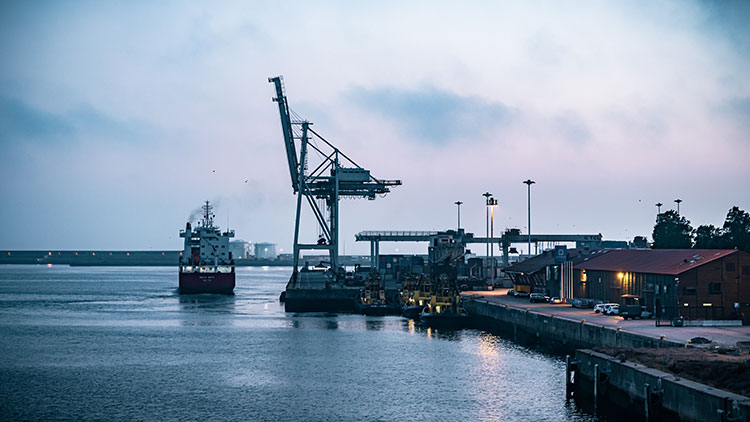
NAFTA is a trilateral free trade agreement signed between the United States, Canada and Mexico. The agreement was implemented in 1994 with conditions set out to reduce most tariffs in the trade zone. NAFTA is considered as a huge free trade agreement because it was joined by three major economic powers.
Canada and Mexico are the top exporters to the US in various types of goods and services such as crude oil, machinery, gold, vehicles, fresh produce, livestock, and processed foods. The agreement makes the trading more smooth and efficient, which benefits all participating members regarding economic growth.
The purpose of the agreement is to encourage economic activities among three countries by minimizing or removing trade barriers in many business sectors. Products, textiles, and automobiles are the industries which receive the most preferential treatment under NAFTA.
NAFTA also sets certain regulations in terms of workplace safety, labor rights, and environmental protection to maintain the stability of all companies and citizens in the trade zone. Services relating to aviation transport, maritime, and basic telecommunications are not covered by the agreement.
Businesses operating in the trade area are safeguarded by NAFTA. Having access to a fair operating environment in the trade zone, the agreement provides favorable treatments to domestic companies. It also provides the right for businesses to protect Intellectual property in many sectors including patent, trademark, and copyrighted material. Besides, investors in all participating countries enjoy fair treatment.
3.4 ASEAN Free Trade Area (AFTA)
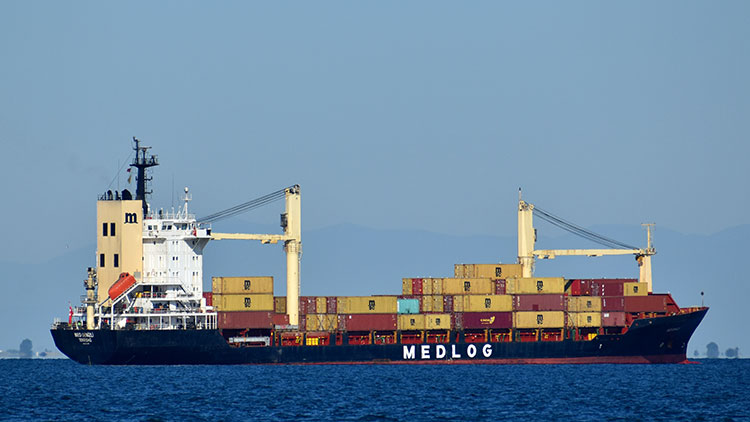
AFTA was signed on 28 January 1992 in Singapore with the participation of Brunei, Indonesia, Malaysia, Philippines, Singapore and Thailand. Vietnam, Laos, Myanmar and Cambodia joined in later, which raised the number of AFTA to 10 members. The agreement is one of the largest free trade agreements with the coordination with its large partners which are Asia-Pacific Economic Cooperation, East Asia Summit and Regional Comprehensive Economic Partnership.
AFTA is created to promote trade in goods and services and economic development between its member territories. With conditions set out in the agreement that aims to reduce or eliminate tariffs between the agreement’s nations, AFTA seeks to provide production advantages regarding costs and product quality. Moreover, countries within the trade bloc have opportunities to attract foreign direct investment.
The agreement has made significant contributions to help businesses within the trading bloc drive sustainable prosperity by reducing trade barriers and costs.
note
Common free trade agreements by top-listed countries:
- UK signed trade agreements with non-EU countries
38 FTAs with 96 countries all over the world
From 1 January 2021, EU trade agreements were no longer applicable to the UK - US free trade agreements
14 FTAs with 20 countries - Singapore free trade agreement
26 FTAs - Vietnam free trade agreements
17 FTAs with its key trading partners including RCEP, EVFTA - Hong Kong free trade agreements
8 FTAs
4. Conclusion
Understanding which free trade agreements are existing in an area where you are going to start your own business is crucial. It helps your business take advantage of the trade area and grab opportunities for the business growth.
Disclaimer: While BBCIncorp strives to make the information on this website as timely and accurate as possible, the information itself is for reference purposes only. You should not substitute the information provided in this article for competent legal advice. Feel free to contact BBCIncorp’s customer services for advice on your specific cases.
Get helpful tips and info from our newsletter!
Stay in the know and be empowered with our strategic how-tos, resources, and guidelines.


